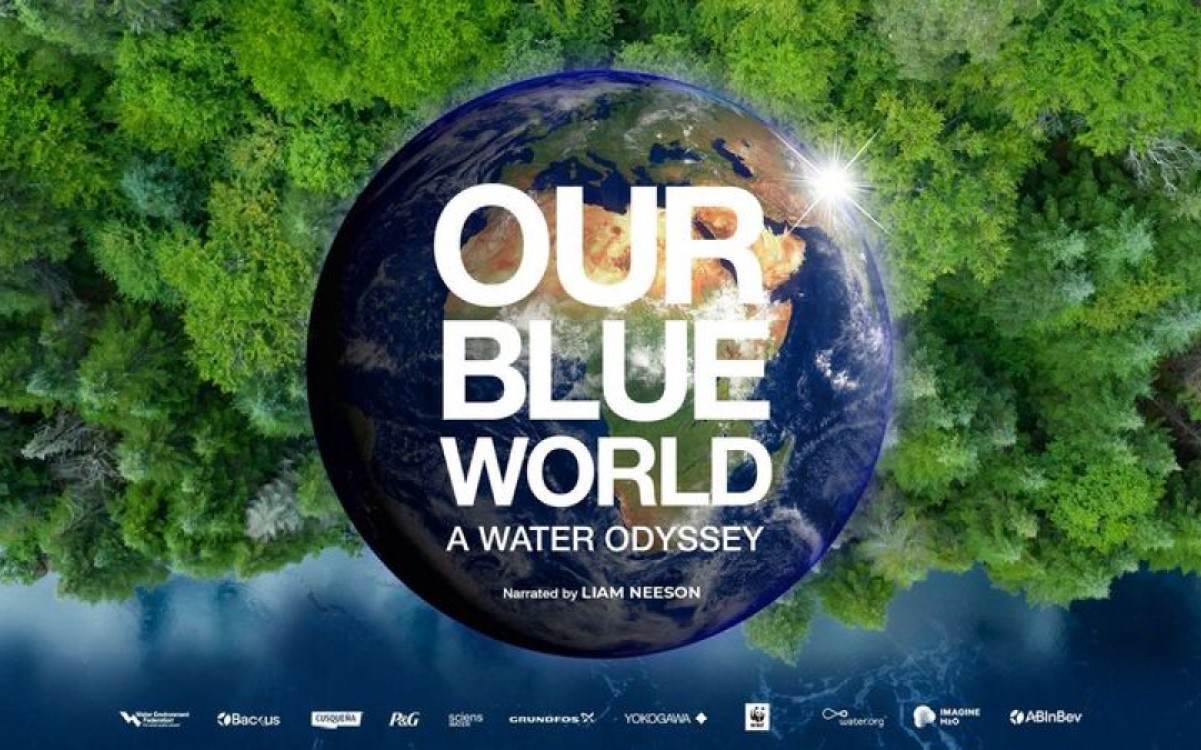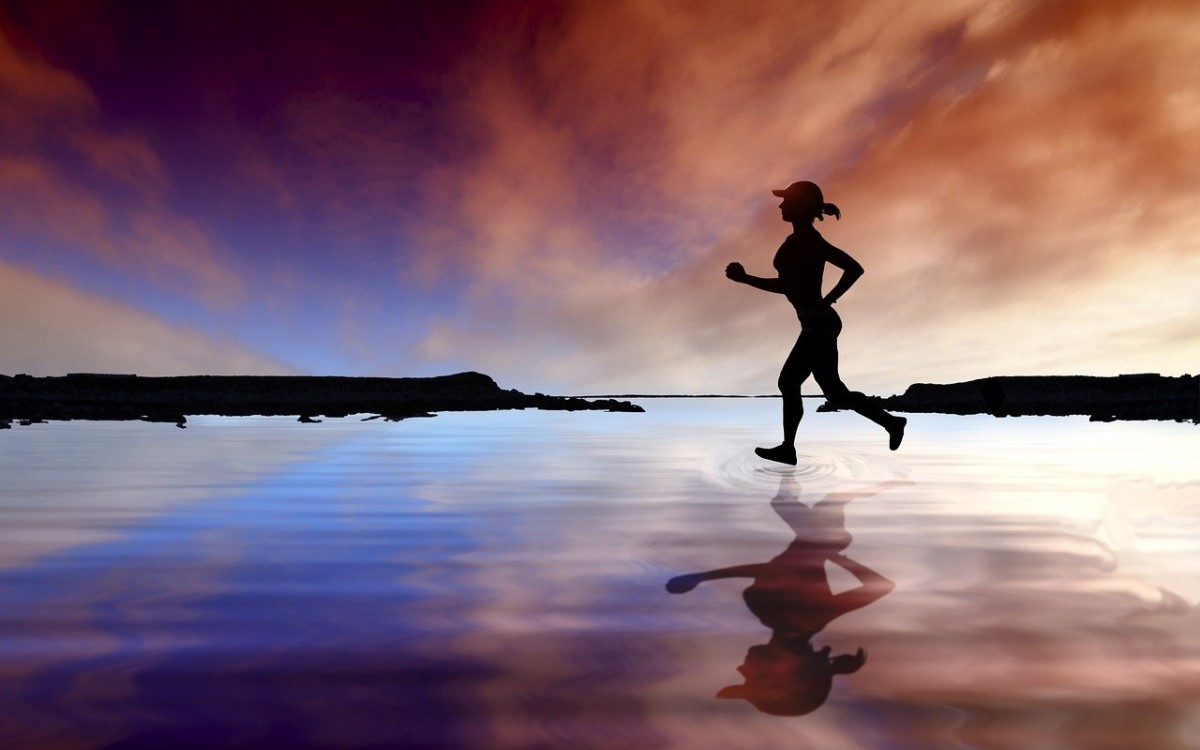22. January 2024 ǀ In a new study, scientists at Heriot-Watt University have discovered a sustainable method to produce green hydrogen, a type of renewable fuel, using wastewater from the distilling industry. This new approach not only addresses the global challenge of water scarcity but also offers a promising solution for the sustainable production of clean energy.
Wastewater from the distilling industry could be used to produce green hydrogen – a type of sustainable fuel – using materials developed by scientists at Heriot-Watt University. Distilleries in Scotland alone produce an estimated 1 million litres a year of wastewater from the whisky distilling process.
Green hydrogen production from distillery wastewater
Globally, the distilling industry is thought to produce around 1 billion litres a year of wastewater. Scientists at Heriot-Watt have developed a way to use this wastewater to produce green hydrogen, a process which currently consumes 20.5 billion litres of fresh water a year.
Dr Sudhagar Pitchaimuthu, a materials scientist in Heriot-Watt’s School of Engineering and Physical Sciences, explained: “It takes 9kg of water to produce every 1kg of green hydrogen. Meanwhile, every 1 litre of malt whisky production creates about 10 litres of residue. To help protect the planet, we need to reduce our use of fresh water and other natural resources. So our research focused on how to use this distillery wastewater for green hydrogen production with a simple process that removes waste materials present in the water.”
Nanoscale material development and future steps
Dr Pitchaimuthu and his team have developed a nanoscale material – a particle that is one in 10,000th the diameter of a human hair – to allow distillery wastewater to replace fresh water in the green hydrogen production process. The nanoparticle, called a nickel selenide, treats the wastewater and, in the team’s research, produced similar or slightly higher quantities of green hydrogen from the wastewater, compared to the results from fresh water. The research is published in the Royal Society of Chemistry journal, Sustainable Energy & Fuels, in a paper entitled From brew to clean fuel: harnessing distillery wastewater for electrolysis H2 generation using nano scale nickle selenide water oxidation catalysts. The paper is authored by Dr Pitchaimuthu’s PhD student, Michael Walsh, who played a key role in conducting the research. The next steps for the research team include developing their own electrolyser prototype and scaling up production of their nickel selenide nanoparticles.
They will also be analysing the distillery wastewater to discover whether other materials of value could be salvaged from it, alongside hydrogen and oxygen. The research was funded by Heriot-Watt’s School of Engineering and Physical Sciences and completed in collaboration with the University of Bath’s Department of Chemical Engineering and The Scotch Whisky Research Institute, which supports applied research across the Scotch Whisky production process. Dr Pitchaimuthu is an Associate Professor at Heriot-Watt’s Institute of Mechanical, Process & Energy Engineering and Associate Director at the University’s Research Centre for Carbon Solutions, which is focused on developing low-carbon systems and solutions. He has a PhD in Physics from Bharathiar University in India and, before joining Heriot-Watt in 2021, worked on materials science research projects in South Korea.







